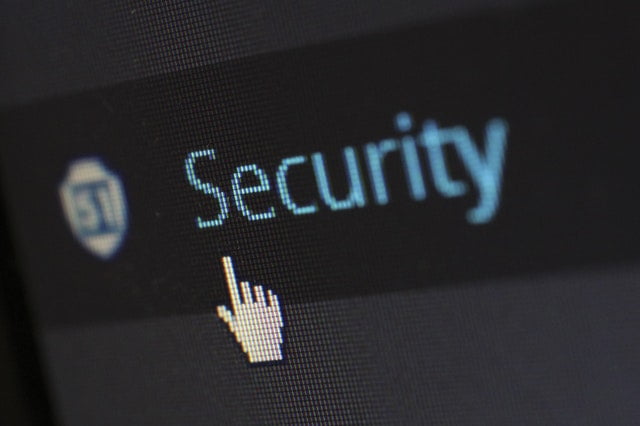Companies are accelerating their digital adoption in hopes of taking advantage of the efficiencies that technology brings to their operations. Digital leaders are found to be more profitable compared to laggards. Current circumstances are even adding fuel to fire: the coronavirus pandemic has forced companies to scramble in establishing remote work for their employees and other business capabilities.
However, this rapid digital adoption may expose their IT infrastructure to greater risks. Cyberattackers have become more rampant and relentless when committing cyber crime. They actively scan for vulnerabilities across multiple potential attack vectors. Each new component a company adds to the infrastructure is just another attack vector that hackers can exploit.
As such, it has become even more critical for businesses to regularly conduct cyber risk assessment to evaluate the strength of their security posture. Identifying potential weaknesses will help companies implement the necessary measures to mitigate threats.
Understanding the impact of digital adoption
Companies are relying on cloud-based solutions to power their digital adoption programs. The cloud offers various benefits including scalability, connectivity, and cost effectiveness.
It is common to find a growing number of enterprise infrastructures that are now hybrids composed of on-premises appliances and cloud-based components. Workers are now using software-as-a-service (SaaS) applications which are easy to use and are accessible. Public cloud revenue is expected to exceed $354 billion by 2022.
However, adopting digital solutions and integrating them to the existing network can introduce security issues. Components can contain vulnerabilities that expose organizations to threats. Poorly set-up cloud instances and platform integrations can be used by hackers to gain access to networks. Third-party SaaS apps can have design or implementation flaws that can result in data breaches thereby affecting the company’s data.
An organization’s own workforce can also add to these risks. Poorly trained users can inadvertently damage or destroy data. In the case of remote work, workers can likewise be remiss in securing their own devices. Home office setups typically do not have the same level of security controls that work offices have. Cyberattacks exploiting endpoints during the enforced coronavirus remote working scheme will increase by at least 30 to 40 percent.
Acknowledging cybersecurity risk
Hackers can have a variety of motivations to victimize organizations. There are financial gains to be had from their activities. Stolen records can fetch a significant sum over the black market. They may even have been sponsored by hostile governments.
In order to be successful, they will attempt multivector attacks to find the point of failure in an organization’s security perimeter. They use a variety of tools and methods at their disposal such as malware, remote access tools, and ransomware in order to gain access to their target’s networks and do damage.
Hackers may also use social engineering tactics to compromise networks. They can send fraudulent emails to trick careless employees to click on links or attachments that contain malware. Hackers can pose as trustworthy parties to dupe users into giving their access credentials and executing fund transfers. Apart from falling for phishing scams, employees can reuse passwords, overlook installing security updates, or share sensitive data over their unprotected devices—activities that can potentially put their organizations’ IT infrastructure at risk.
Falling victim to cyberattacks can be devastating to any organization. Companies can face lawsuits and hefty penalties for compromised personal information; a single data breach costs US organizations an average of $8.19 million.

Performing risk assessment
As companies progress with their digital adoption efforts, they must also adjust their cybersecurity strategy and measures accordingly.
To do this, it is important for them to always know the state of their security posture. They should have a clear picture and a fundamental understanding of their processes, the tools they use, and how their people behave. They must identify the threats that they are facing and the vulnerabilities that expose them to these threats.
However, performing manual assessment and testing can be tedious and technically demanding. IT teams can be overwhelmed with the number of components, endpoints, and software that they have to check. Keeping up with ever-evolving threats can also be quite a challenge.
Fortunately, companies can now adopt breach and attack simulation (BAS) platforms that can automatically run simulated attacks across vectors to evaluate the effectiveness of their security controls. These platforms allow for continuous risk assessment to ensure that solutions can mitigate both known and emerging threats.
Using these tools, IT teams can check if security controls can deny malicious payload execution, block phishing sites, and eliminate malware all in one fell swoop. These platforms can help identify security gaps and provide actionable insights that would guide IT teams with their remediation efforts. They will be able to make the necessary changes to their security and bolster their defenses.
Establishing a strong security posture
As companies leverage digital solutions to improve their operations, it becomes more critical for them to continuously ensure that their security measures work. Performing continuous cyber risk assessments can help organizations keep pace with the changes that technology brings to their ways of working, the threats that they face, and security improvements that are needed to minimize their exposure to these threats.

